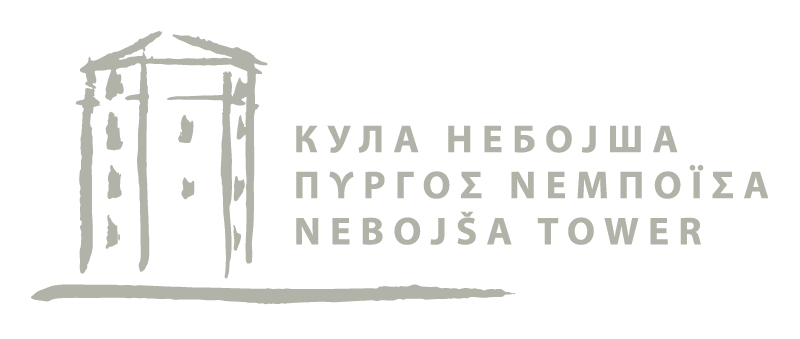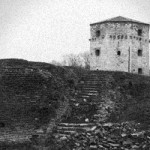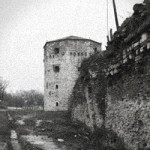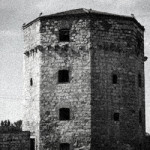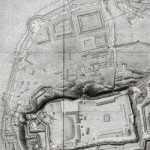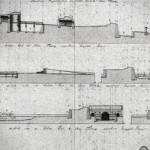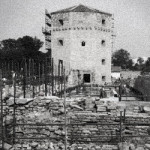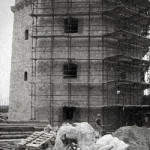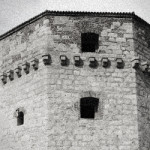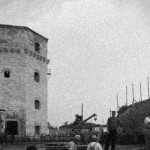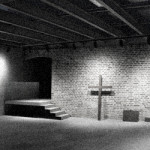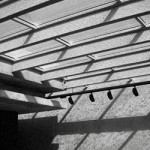Nebojsa Tower represents the only remaining well preserved medieval building within the Belgrade Fortress. It was built around 1460 and belongs to the oldest type of early artillery canon towers. When it was built it represented an important achievement in the architecture of the time. It was built for the purpose of defending the city from the Turks. and in a wider sense it represented part of the defense system – “the bulwark of Christianity” that had for decades successfully stopped Turkish invasions into central Europe. A few centuries later, when it lost its military importance it was transformed into a dungeon. At the end of the 18th and the first decades of the 19th century it represented a symbol of Turkish repression and a place of perishing of Christian warriors from the Balkans during the centuries long Ottoman rule.
In the summer of 1521 during the time of the Turkish siege, Belgrade had long been successfully defended with canons from Nebojša Tower. Only when the tower was set on fire did the Turks enter into the besieged city.
The chronicler of the turkish siege recorded about that event: “In the lower fortification of Belgrade on the Danube towards Mustafa –pasha position there was a tower. That tower was used as a stonghold by the faithless (christians) It prevented assault. When assault was made yesterday many of them were killed by canons from the tower. After destruction that tower was put on fire today by a vanquisher.
The faithless were beaten up and gave in. From the position of Mustafa pasha an opportunity for assault was thus created“
After the turkish occupation of Belgrade, the Tower was reconstructed carrying out the order of sultan Suleiman. At that time it was called White tower and under that name it appeared in the description of the tsar emissary David Ungdad in the year 1572.
Later it was also mentioned as the Timisoara tower. It received its actual name at the beginning of the 18th. century in memory of the former famous Belgrade Nebojsa –main tower of the castle of despot Stefan Lazarevic, which was destroyed in one of the sieges of the city in autumn of 1690.
During Austrian rule 1717-1739, Belgrade was supposed to become a fortified barroque city and center for further military operations against the Turks. Belgrade Fortress was reconstructed and new bastion fortifications were built. In that period the Nebojsa Tower was also reconstructed. The old upper part of the tower was pulled down and a new vaulted floor was built. The former canon openings were walled up and new, much bigger ones were made. Armed with new canons, the Tower was again defending the entrance into the Belgrade war port.
After losing its importance, Turks closed the Danube port and at the same time, transformed Nebojsa Tower into the most famous dungeon of the Belgrade Fortress. Because of this role, Nebojsa Tower became one of Belgrade’s darkest symbols. The most famous captive of Nebojsa Tower was Rigas Feraios, a Greek revolutionary, killed in Nebojša Tower in 1798. Another person who lost his life in the Tower was Mitropolit Matodije, who was killed in 1800. Not long after, Jevrem Obrenovic, a brother of Knez Milos and the first mayor of Belgrade, was also imprisoned.
